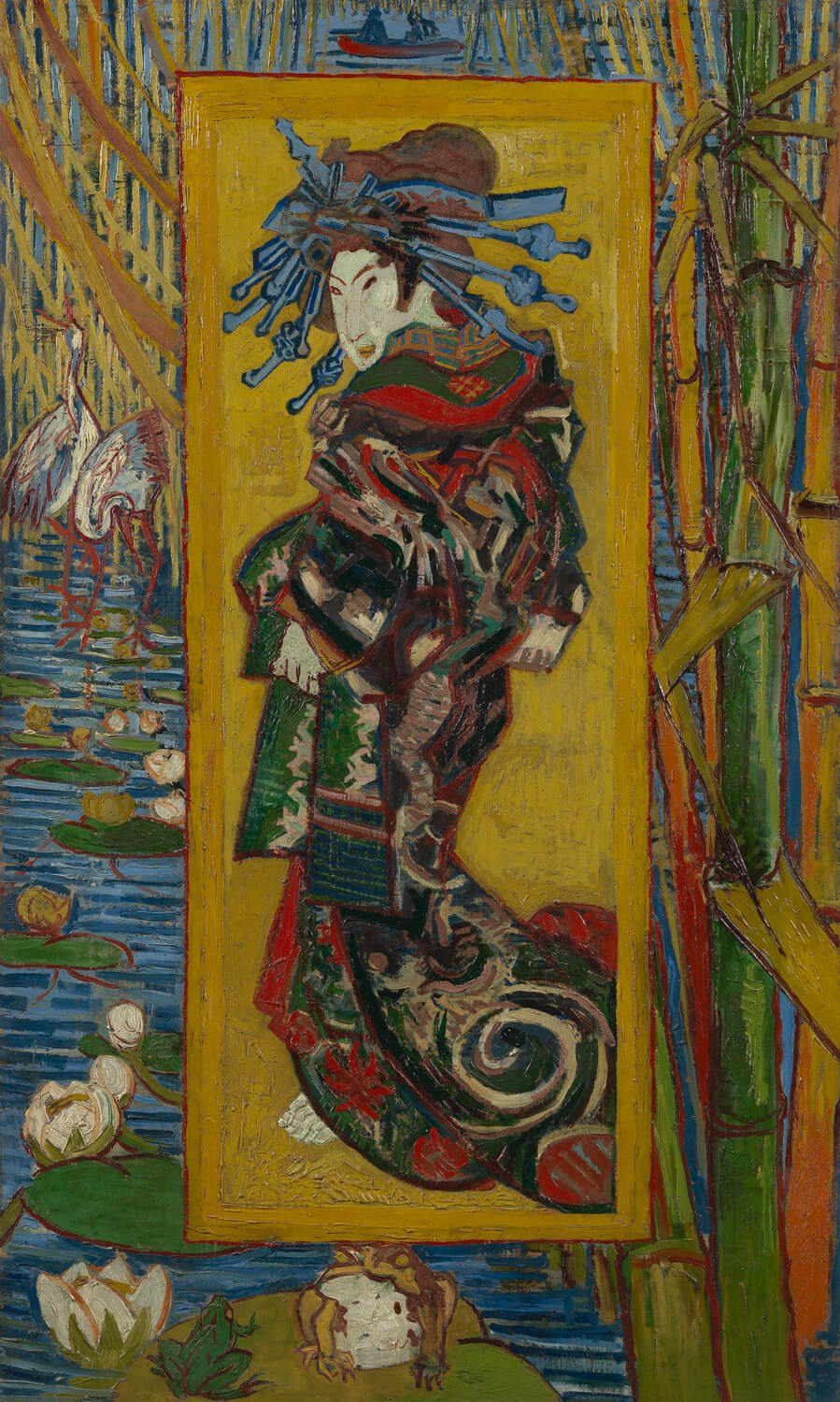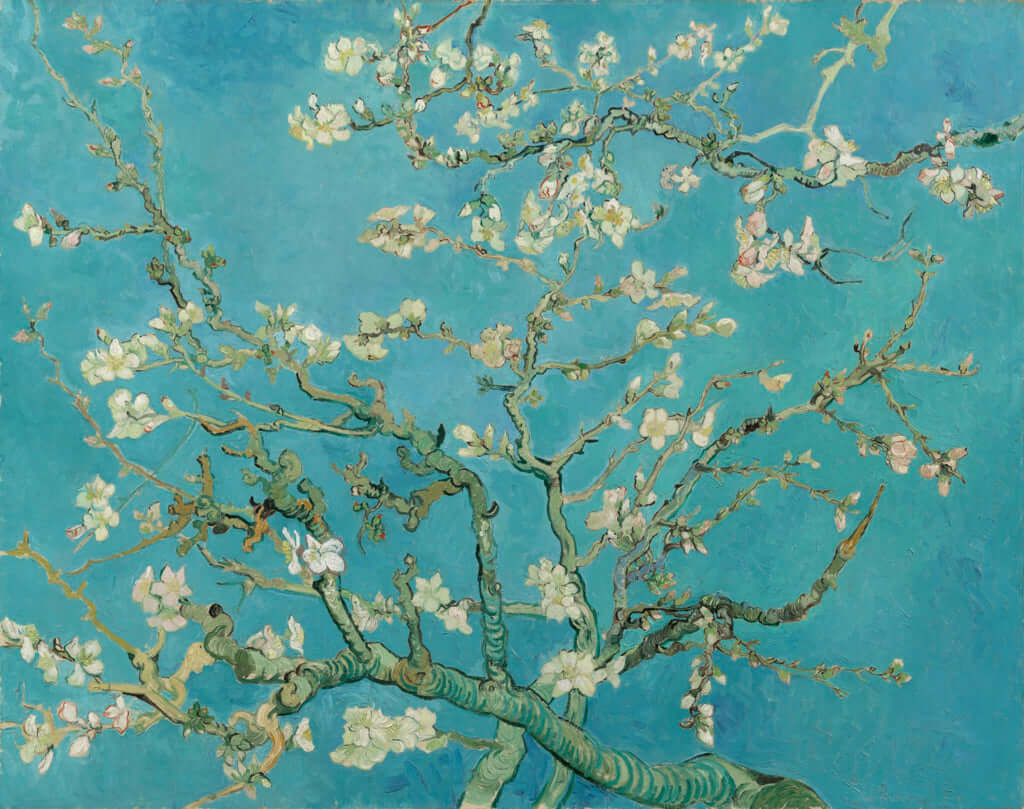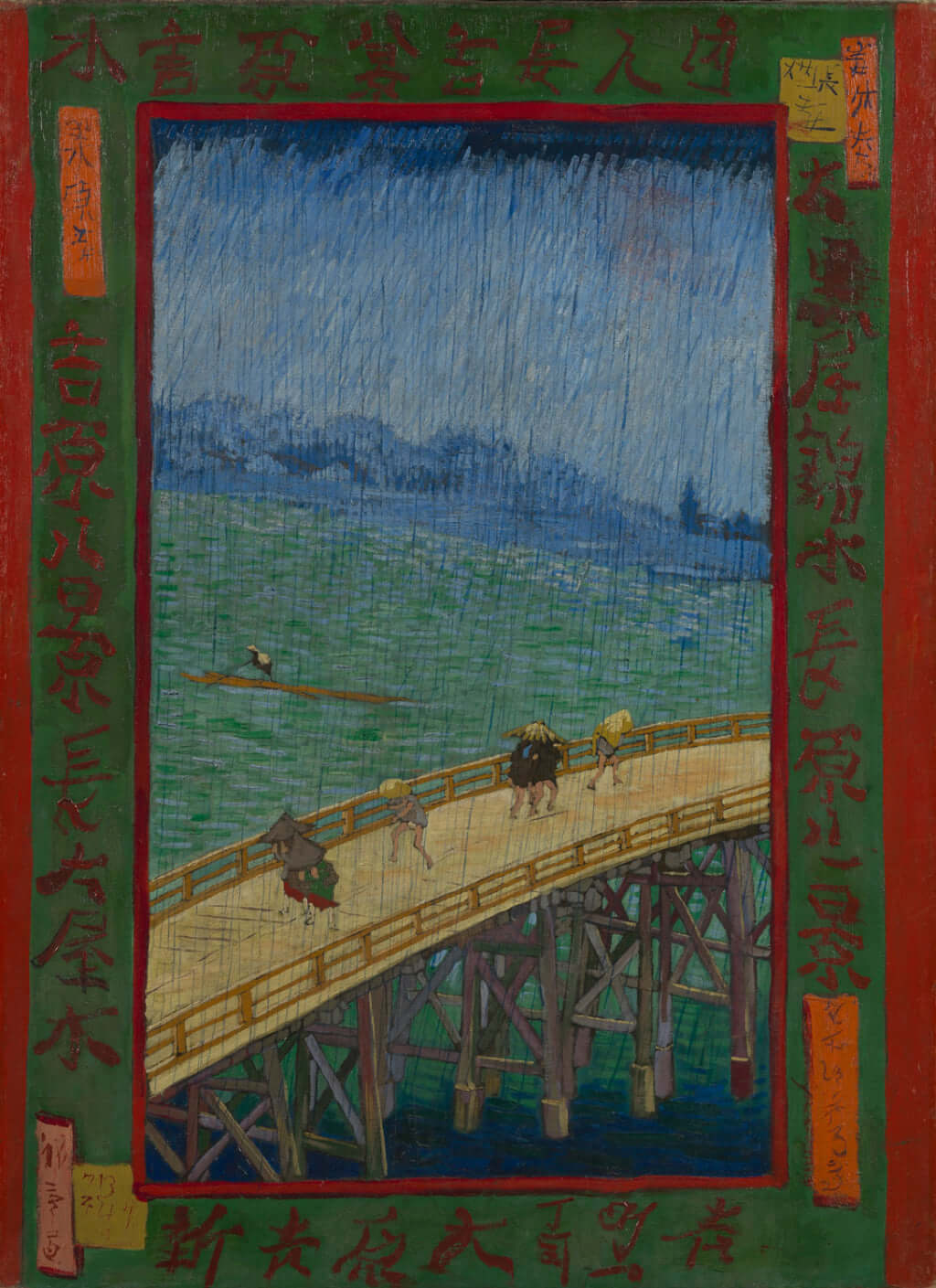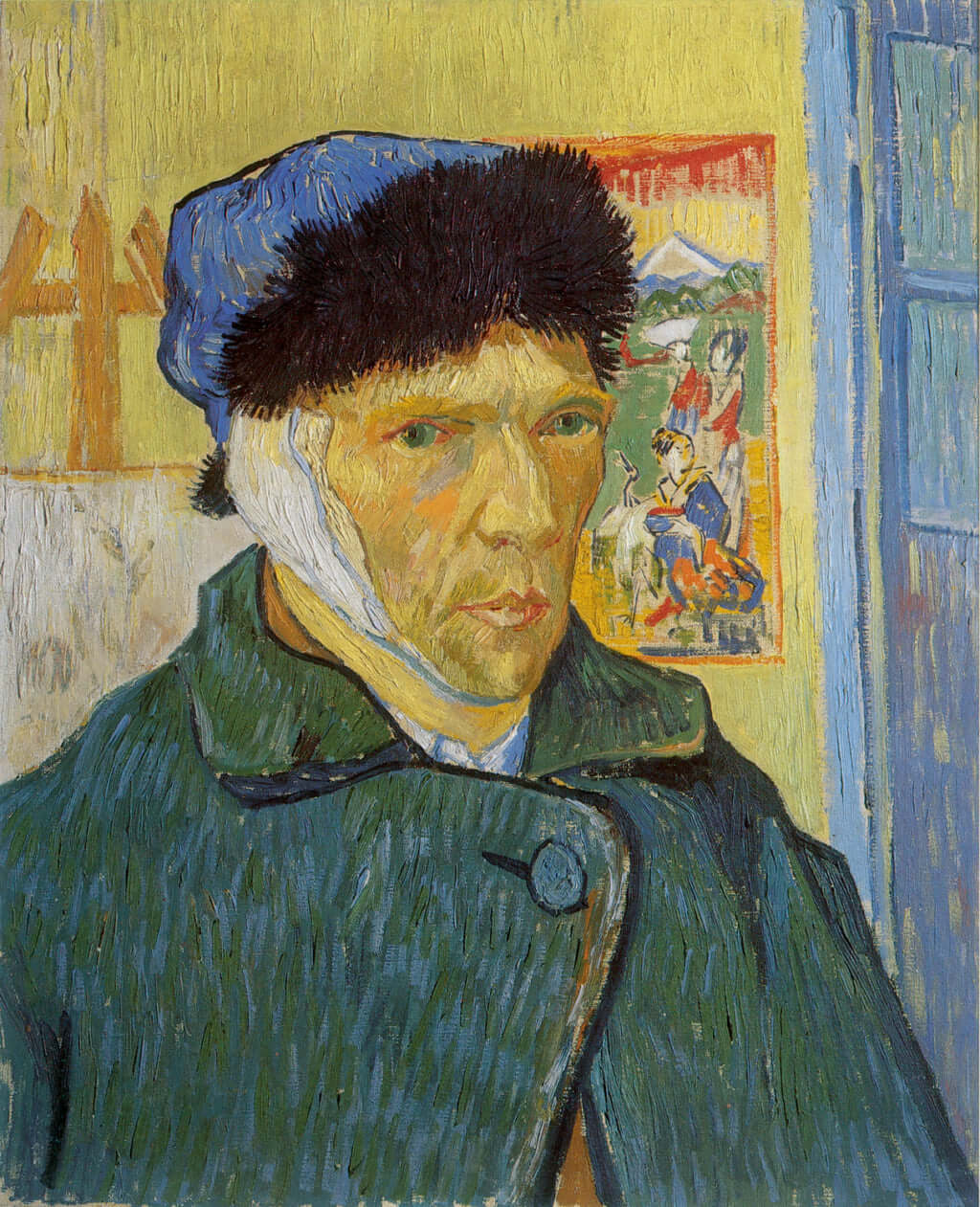Van Gogh and Japan: A Love Story
Van Gogh never once set foot in Japan, but his work was heavily influenced by Japanese artistic production.

‘Courtesan (after Eisen)’, Vincent van Gogh (1853 - 1890), Paris, October-November 1887 © Van Gogh Museum, Amsterdam (Vincent van Gogh Foundation)
The impressionist painter discovered Japan through prints. Fascinated by the work of 19th-century masters like Utagawa Hiroshige, known for his pieces depicting Edo and Mount Fuji, and Katsushika Hokusai, famous for his Great Wave off Kanagawa, Vincent van Gogh would collect over 600 of their engravings. Their techniques were assimilated into the Dutch artist’s work in an increasingly subtle way, as the painter formed his own vision of this Japanese aesthetic over the years.
In Amsterdam, the Van Gogh & Japan exhibition held in 2018 at the Van Gogh Museum retraced this moment in the painter’s life, when he was living in Paris and had devoted himself fully to his new-found passion for Japanese art. It featured his own masterpieces, as well as around a hundred paintings from his personal collection. For those who were unable to attend the exhibition, the Van Gogh Museum offers an in-depth analysis of the relationship between Vincent Van Gogh and Japan.
Van Gogh & Japan (2018), was an exhibition of Vincent Van Gogh’s artwork at the Van Gogh Museum that took place from March 23 to June 24 2018.

‘Almond Blossom’, Vincent van Gogh (1853 - 1890), Saint-Rémy-de-Provence, February 1890 © Van Gogh Museum, Amsterdam (Vincent van Gogh Foundation)

‘Bridge in the Rain (after Hiroshige)’, Vincent van Gogh, October-November 1887 © Van Gogh Museum, Amsterdam (Vincent van Gogh Foundation)

‘Self-Portrait with Bandaged Ear’, Vincent van Gogh, 1889, The Samuel Courtauld Trust, The Courtauld Gallery, London
TRENDING
-
Ishiuchi Miyako, A Singular Perspective on Women
Recipient of the 2024 Women in Motion Award, the photographer creates intimate portraits of women through the objects they left behind.

-
Recipe for Ichiraku Ramen from ‘Naruto’ by Danielle Baghernejad
Taken from the popular manga with the character of the same name who loves ramen, this dish is named after the hero's favourite restaurant.

-
Namio Harukawa, Master of Japanese SM Art
'Garden of Domina' offers a dive into the world of an icon of ‘oshiri’, whose work has now reached a global audience.

-
The Tattoos that Marked the Criminals of the Edo Period
Traditional tattoos were strong signifiers; murderers had head tattoos, while theft might result in an arm tattoo.

-
The Emperor of Japanese Porn is Now the Star of a Netflix Series
Deliciously funny, The Naked Director especially succeeds in reviving the atmosphere that was so characteristic of 1980s Japan.





